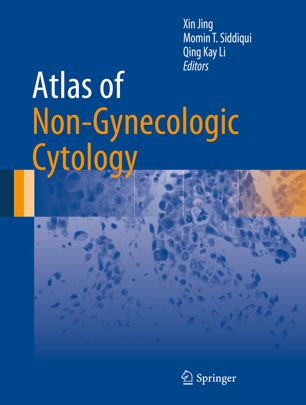

Most ebook files are in PDF format, so you can easily read them using various software such as Foxit Reader or directly on the Google Chrome browser.
Some ebook files are released by publishers in other formats such as .awz, .mobi, .epub, .fb2, etc. You may need to install specific software to read these formats on mobile/PC, such as Calibre.
Please read the tutorial at this link: https://ebookbell.com/faq
We offer FREE conversion to the popular formats you request; however, this may take some time. Therefore, right after payment, please email us, and we will try to provide the service as quickly as possible.
For some exceptional file formats or broken links (if any), please refrain from opening any disputes. Instead, email us first, and we will try to assist within a maximum of 6 hours.
EbookBell Team

0.0
0 reviewsCytology is a unique subspecialty in anatomic pathology, and plays a critical role in the diagnosis of a variety of benign and malignant lesions by using minimally invasive procedures, such as fine needle aspiration, brushing, washing and lavage. Cytology not only provides an accurate diagnosis of the lesion based on the cytomorphological evaluation at cellular level, but also provides material for molecular characterization of a tumor for targeted therapy. In the era of personalized medicine, cytology has continued to grow and evolve as an important diagnostic tool. For example, some types of procedures are routinely used, diagnostic criteria have become more refined, and certain terminology has been changed based on current WHO classifications. Therefore, it is necessary to update our knowledge and terminology in cytology.
In this volume, we have retained the quality and the clarity of the series, and like the other volumes, this volume aims to be concise and comprehensive yet clinically relevant to daily practice. Although this volume is written by multiple authors, all chapters follow a similar format: brief introduction of the specific organ/system (including types of specimens and techniques to obtain samples), description of normal findings, and a practice approach to diagnose benign and malignant lesions. In each chapter, the key cytomorphological feature and main differential diagnoses of the lesion are summarized in a concise table. Images in each chapter are instructive and clearly represent findings. Where necessary, we have also illustrated the important ancillary tests, such as flow cytometry, immunohistochemistry and molecular analysis, which are crucial for an accurate diagnosis and targeted therapy. The updated knowledge, including key cytomorphological features, current terminology and molecular diagnostic tests, is the highlight of this volume.